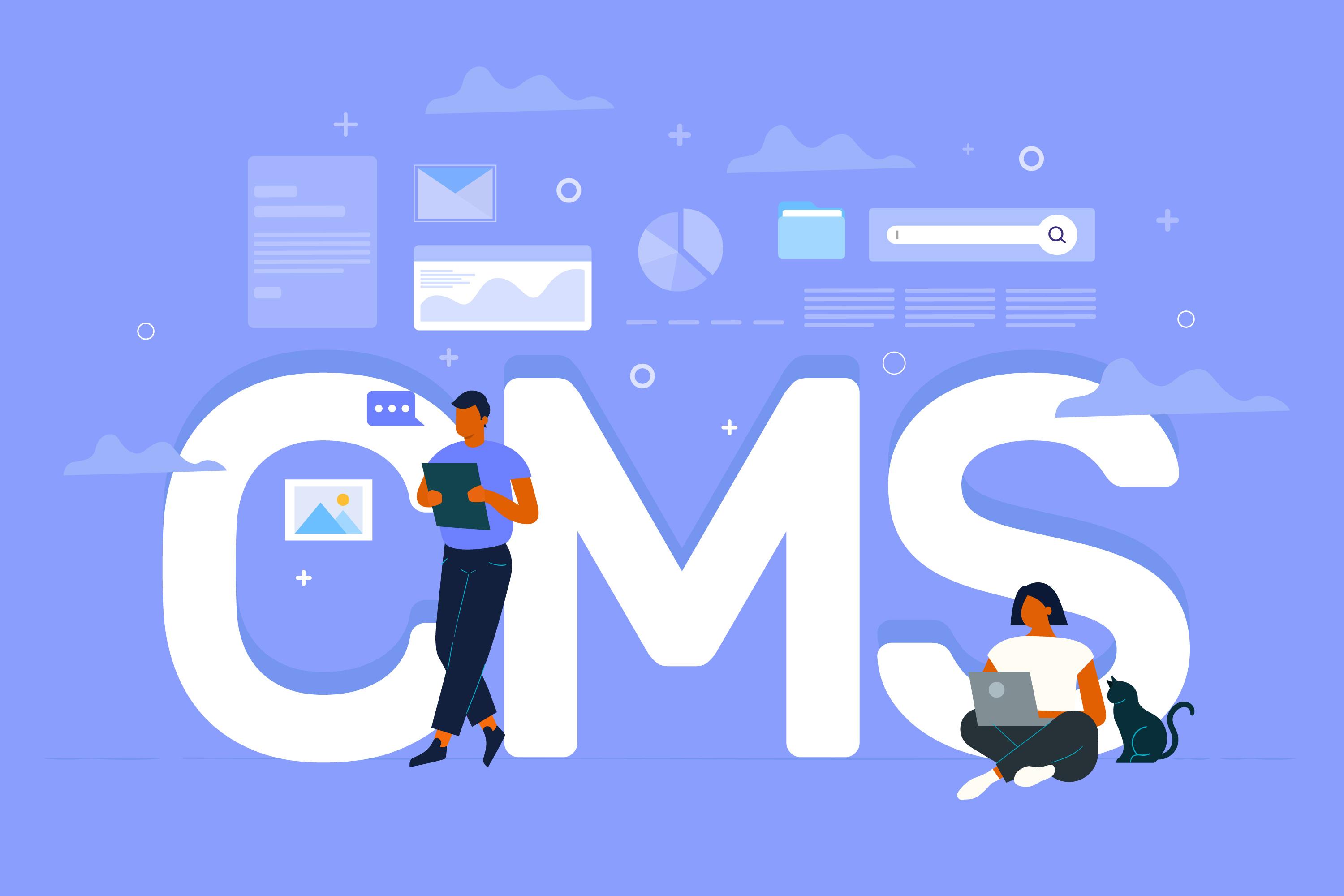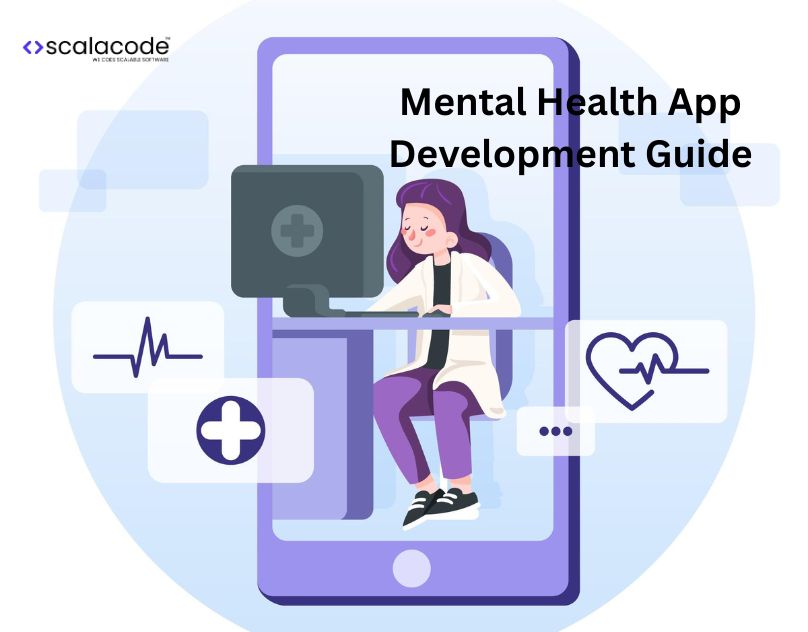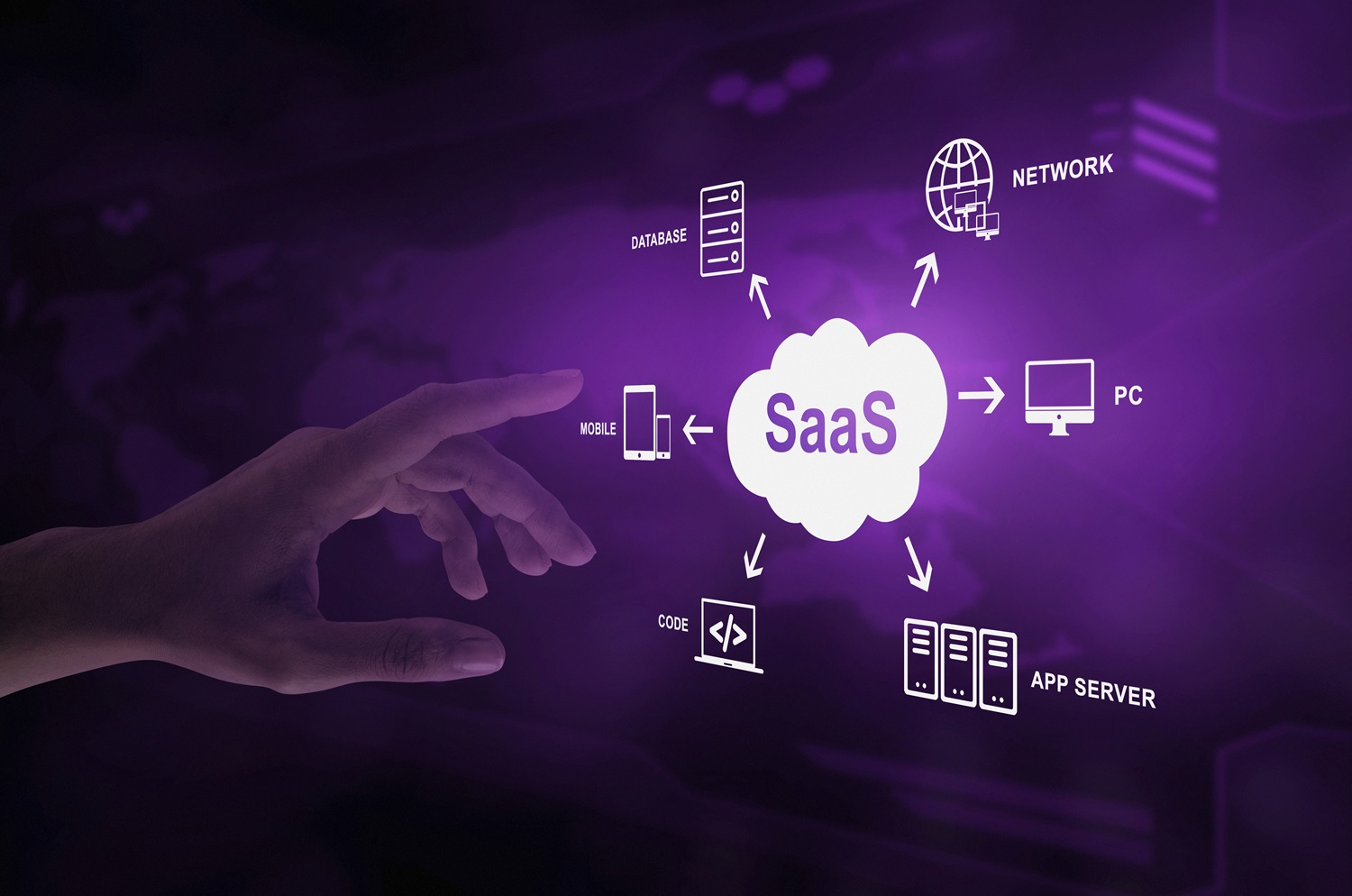Popular CMS Technologies and Frameworks: A Complete Overview

In today’s digital age, Content Management Systems (CMS) play a crucial role in building, managing, and maintaining websites without requiring deep coding knowledge. Whether you are creating a simple blog, a corporate website, or a complex eCommerce platform, choosing the right CMS technology or framework can significantly influence your site’s performance, scalability, and user experience.
This article explores the most popular CMS technologies and frameworks that continue to shape web development, helping businesses and developers select the best solution for their unique needs.
1. WordPress: The Market Leader
WordPress powers over 40% of all websites globally, making it the most widely used CMS. Its popularity is due to its ease of use, vast plugin ecosystem, and flexibility.
Key Features:
- Open-source and highly customizable
- Thousands of themes and plugins
- Large developer and support community
- SEO-friendly architecture
Use Cases: Blogs, corporate websites, small to medium eCommerce stores (with WooCommerce).
Pros:
Beginner-friendly
- Quick setup with low development cost
- Regular updates and security patches
Cons:
- Performance can degrade without proper optimization
- Vulnerable to security risks if not properly maintained
2. Drupal: Robust and Secure
Drupal is another powerful open-source CMS known for its high level of customization, scalability, and security. It is widely used by government agencies, universities, and large enterprises.
Key Features:
- Flexible content architecture
- Advanced user role management
- Multilingual capabilities
- Strong security protocols
Use Cases: Complex websites, large-scale portals, government and enterprise sites.
Pros:
- Highly scalable for large projects
- Strong community support
- Excellent for complex content structures
Cons:
- Steeper learning curve compared to WordPress
- Requires experienced developers for customization
3. Joomla: Balanced and Flexible
Joomla offers a middle ground between WordPress’s simplicity and Drupal’s complexity. It is suitable for users who need more control than WordPress provides but with less technical overhead than Drupal.
- Key Features:
- Multi-language support
- Flexible user access controls
- Strong content management capabilities
Use Cases: Membership sites, community portals, corporate websites.
Pros:
- User-friendly interface
- Extensive template and extension marketplace
- Strong support for multilingual websites
Cons:
- Smaller community compared to WordPress
- Fewer plugins and themes are available
4. Magento (Now Adobe Commerce): eCommerce Powerhouse
Magento, now part of Adobe Commerce, is a leading CMS specifically designed for building robust eCommerce platforms.
Key Features:
- Advanced product management
- Extensive third-party integration
- Powerful SEO tools
- Scalable architecture for large stores
Use Cases: Large-scale eCommerce websites, B2B and B2C platforms.
Pros:
- Highly customizable for unique business needs
- Supports multiple stores and languages
- Strong SEO and marketing features
Cons:
- Requires significant development expertise
- High hosting and maintenance costs for large stores
5. Shopify: Cloud-Based Simplicity
Shopify is a popular cloud-based CMS for eCommerce, especially favored by small to medium-sized businesses due to its ease of use and fast setup.
Key Features:
- Hosted platform with built-in security
- App marketplace for added functionality
- Mobile-optimized themes
Use Cases: Small to mid-sized eCommerce stores, startups.
Pros:
- User-friendly with minimal technical setup
- Excellent customer support
- Built-in payment processing and security
Cons:
- Monthly subscription fees
- Limited backend customization compared to open-source platforms
6. BigCommerce: Scalable Cloud-Based eCommerce
BigCommerce is a leading cloud-based eCommerce platform that enables businesses to build, manage, and scale online stores effortlessly. As a Software-as-a-Service (SaaS) solution, BigCommerce handles hosting, security, and platform updates, allowing merchants to focus on growth.
Key Features:
- Customizable storefronts with a drag-and-drop builder
- Multi-channel selling on Amazon, eBay, Facebook, Instagram, and Google Shopping
- Scalable architecture for businesses of all sizes
- SEO-friendly with fast loading speeds
- Mobile-optimized designs
- PCI-compliant with integrated payment gateways
- Advanced reporting and analytics tools
Use Cases: Small to large businesses looking for a flexible, cloud-based eCommerce solution.
Pros:
- More built-in features compared to Shopify
- Lower reliance on third-party apps
- Secure, fast, and scalable infrastructure
Cons:
- Monthly subscription fees
- Less backend flexibility for highly complex customizations
7. Headless CMS: Future-Ready Architecture
Headless CMS separates the backend (content storage) from the frontend (presentation layer), offering unmatched flexibility and performance.
Key Features:
- API-driven content delivery
- Frontend framework agnostic (React, Angular, Vue.js)
- Scalable and developer-friendly
- Popular Headless CMS Platforms: Contentful, Strapi, Sanity, Prismic
Use Cases: Omnichannel content delivery, mobile apps, complex web applications.
Pros:
- Delivers content to multiple platforms (web, mobile, IoT)
- Faster performance and load times
- Enhanced security
Cons:
- Requires advanced frontend development skills
- No out-of-the-box themes or templates
8. Laravel with OctoberCMS: PHP Framework-Based CMS
OctoberCMS is a CMS built on the Laravel PHP framework, offering developers the flexibility of Laravel with a user-friendly content management interface.
Key Features:
- Modular architecture
- Seamless Laravel integration
- Clean and modern backend UI
Use Cases: Custom web applications, business websites.
Pros:
- Full control over backend development
- Secure and performance-optimized
- Supports complex project requirements
Cons:
- Smaller community compared to WordPress
- Requires Laravel development experience
9. Wix and Squarespace: Website Builders for Non-Developers
Wix and Squarespace are all-in-one website builders that simplify website creation with drag-and-drop tools.
Key Features:
- Visual editors with no coding required
- Built-in hosting and security
- Wide range of templates
Use Cases: Small business websites, portfolios, personal blogs.
Pros:
- Extremely beginner-friendly
- Quick deployment
- Affordable pricing options
- Cons:
- Limited customization and scalability
- Less suitable for large or complex websites
10. Ghost: Lightweight Blogging Platform
Ghost is a minimalist, open-source CMS built specifically for blogging and content-focused websites.
Key Features:
- Clean, fast, and lightweight
- Built-in SEO and social sharing tools
- Modern technology stack (Node.js)
Use Cases: Personal blogs, online publications, content-driven websites.
Pros:
- Optimized for speed and SEO
- Intuitive writing experience
- Supports headless setup
Cons:
- Limited plugin ecosystem
- Less flexibility for non-blogging sites
Conclusion
Choosing the right CMS technology or framework depends on your project’s size, complexity, budget, and long-term goals.
- WordPress remains the most versatile choice for most websites.
- Drupal and Magento offer enterprise-grade solutions.
- Shopify and BigCommerce are excellent for fast, scalable eCommerce platforms.
- Headless CMS is ideal for modern, omnichannel content delivery.
As web technologies continue to evolve, staying informed about CMS trends is essential to building future-proof websites and applications. Whether you need simplicity, flexibility, or enterprise scalability, the CMS landscape offers plenty of options to meet your business objectives.
Note: IndiBlogHub features both user-submitted and editorial content. We do not verify third-party contributions. Read our Disclaimer and Privacy Policyfor details.







